Nine out of ten pigs in Danish slaughterhouses are infected with bacteria that cannot be knocked down with penicillin. Erik Larsen fights the bacteria by changing boots, washing his hands and using high-pressure flushing.
DYREHAVEGÅRD, Overby: In each of Erik Larsen’s five pig stables, overalls hang in a certain colour – one for each stable. They are boil washed in the stable. They must not be mixed.

Danish Crown
Erik Larsen is a pig farmer in South Zealand and chairman of the pig producers’ trade association in Denmark (Videncenter for Svineproduktion).
Visitors may borrow white disposable suits.
We change clothes, and wash our hands before we are let into the stable with piglets and pigs. We wash hands again and throw away the protective suit when we leave.
In the dressing room we switch to boots on a brick sill.
High-pressure wash of empty stable sections, the hallway and the leveller
“When we flush the stable sections and aisles, the water will not drain out the wrong way,” explains Erik Larsen.
A car has just collected pigs for slaughter. Now, Erik Larsen and his employee Lasse Jensen high-pressure wash the empty stable sections, the hallway and the leveller.
“The most important thing is good hygiene. It’s a health and safety issue we take seriously. But it’s not a social problem,” says the swine producers’ chairman.
People working with pigs are regarded as a particular risk at hospitals
The work environment issue he is talking about is MRSA, the Latin abbreviation for bacteria that have become resistant to antibiotics (Methicillin Resistant Staphylococcus aureus).
Since November 2012 Danish authorities have considered all who work with pigs in stables and slaughterhouses as a particular risk in hospitals.
They can contribute to the spread of the dreaded hospital infections.
“We can get in trouble if we get sick and must be treated at a hospital, but we don’t panic. It’s about using common sense,” says Erik Larsen.
Don’t know if they are infected today
Erik Larsen and his wife were tested for MRSA at a pig producers’ congress four years ago. They were not infected then, but have not been tested since.
Erik Larsen says that if they were infected today, it would not alter the routines on the farm. He uses the high-pressure washer, changes clothing and washes his hands many times a day, whether he is infected or not.
Flock medication hits healthy pigs
Sick pigs get antibiotics. But the antibiotics also get to the healthy animals in the same flock. The more antibiotics animals get, the more bacteria develop resistance.
Today it is a health and safety problem in agriculture.
In time, far larger populations than Erik Larsen, his family, employees and colleagues can get in the danger zone.
MRSA-infection regarded spread to 2,000 Danish pigfarms
In Denmark 88 percent of all pigs were infected by the particular pig variant of MRSA, the Minister of Agriculture reported last year. The year before, the figure was 44 percent.
Earlier sampling (2010 and 2011) at the farms showed that 16 percent of all herds had MRSA. But at the slaughterhouse nearly nine out of ten pigs were infected.
“We believe it is due to cross-contamination. Pigs infect each other during transport and the 7-8 hours they go together before they are slaughtered,” says Charlotte Thrane, a microbiologist at the Veterinary and Food Administration in Denmark (Fødevarestyrelsen).
Extended sample studies of 200 farms are now being carried out. Every fifth or maybe even every fourth crew is believed to be infected, but the final numbers aren’t ready yet. If the estimate is right, there may be hospital bacteria in 1500-2000 Danish pigfarms around the country.
Resitance genes spread throughout the environment
“The serious problem is the great reservoir of MRSA bacteria in Danish and other European pig livestock. I think it should be seen as a kind of pollution. The larger the spread of MRSA, the greater the risk that resistance genes are spread throughout the environment,” says Björn Bengtsson at the Swedish National Veterinary Institute in Uppsala.
After the alarming figures from slaughterhouses last year the Danish Minister of Agriculture appointed a particular action group with the task of slowing the spread of germs. It has highlighted a dilemma:
- What do the authorities know?
- And, should they not share what they know?
MRSA-infected farms are kept as a secret
Which farms are infected, and where they are placed, are still kept as a secret.
The producers and the authorities have agreed that this kind of openness does more harm than good.
“What will we use the information for? No one is served by the individual producer and his family hung out,” says breeder Erik Larsen.
Authorities fear social stigma of farmers if infected farms are published
 Robert Skov, chief physician at the Danish Government’s Institute of Serum (Public Health Authority with the topmost responsibility for fighting the spread of infection), is reasoning in the same way:
Robert Skov, chief physician at the Danish Government’s Institute of Serum (Public Health Authority with the topmost responsibility for fighting the spread of infection), is reasoning in the same way:
“Information on the occurrence of designated farms is just a snapshot. People get frightened, and there are cases where children have been afraid of visiting farms. We fear that this could lead to social stigmatization of the designated. Stigma is also a health hazard as it is our duty to monitor,” he says.
The consequence has been dual Danish messages
On the one hand, authorities are concerned that resistant bacteria are increasing and spreading.
On the other hand, the same authorities oppose the results of the tests being made known.
Two journalists who named 12 infected farms four years ago were reported to the police – by the Danish National Board of Health. They are now accused of having spread health information in violation of the Danish Personal Data Act.
“Yellow card” to pigfarms using too much antibiotics
Erik Larsen in Overby describes MRSA as a difficult but manageable problem. He picks up a protocol to show that his farm is well below the limits for the use of antibiotics that can provide a “yellow card” warning, which can trigger fines and extra control.
The yellow card was introduced in 2010. The following year the use of antibiotic decreased. But it is now on the rise again.
Erik Larsen gives word to a suspicion:
“Many producers are just below the threshold for getting a yellow card. Then it starts to get close to the growth-enhancing use,” he says, hinting at colleagues he thinks choose easy solutions.
Banning the use of antibiotics to promote growth
The use of antibiotics to promote the healthy growth of pigs was banned in Sweden in 1986. In the EU it was banned 20 years later.
But healthy pigs still get antibiotics flock medication. If one or more animals get sick, a flock of up to 30 animals will be medicated.
Should the flock medication be banned?
Erik Larsen shakes his head at the question:
“We cannot stop treating sick animals,” he says.
Is the food dangerous?
EU food agency, EFSA, reported in 2010 that “currently” there is no scientific evidence that MRSA is transmitted through food.
“It is quite natural. Since MRSA is a skin bacteria there is nothing that really speaks for it to be spread with food,” says Mats Lindblad at NFA in Uppsala.
But because the bacteria can exchange genes across species boundaries, it can not be totally excluded that resistance from MRSA will spread to other types of bacteria, he says.
Disease-causing intestinal bacteria campylobacter and salmonella are transmitted through food, but they die when heated.
“The advice we give about coocking the meat well-done and conduct kitchen hygiene should always be followed, and also applied if the food would contain MRSA,” says Mats Lindblad.
Danish breeding pigs and pig semen are tested for MRSA when imported into Sweden. Danish pork is not tested.
Two years ago, Denmark exported 50,072 tons of pork to Sweden for a value of 200 million Euro.Denmark’s total pork exports in 2012 amounted to 4,3 billion Euro.
The four largest antibiotic using countries in Europe measured in tonnes in 2011 were peasants in Germany, France, Spain and the UK.
Most antibiotics per pound of meat produced were Cyprus, Italy and Spain.
At the hospital, and in the countryside
Many of us carry staph bacteria on the skin, nose and mouth without ever suffering from it. But these bacteria can cause abscesses and ulcers. The dreaded hospital infections are caused by staphylococci that have become resistant to penicillin (MRSA).
MRSA is a zoonosis, a bacterium that is transmitted between animals and humans. The pigs do not get sick from MRSA, but transmit it to each other and to humans by direct contact and through the dust.
Of the 232 Danes who were found with pig-MRSA in 2012, “the vast majority” had worked with pigs, though not everybody. 21 percent had been infected in other ways. 92 of the 232 had infections.
The Danish authorities do not know whether MRSA also spread through the environment via fertilizers.
This story has been published in Göteborgs-Posten Sunday 4th of May 2014, second largest subscribed daily in Sweden. The author Staffan Dahllöf has permitted us to bring it here. Nils Mulvad and Kjeld Hansen are both writing for Investigative Reporting Denmark.
Read also:
Possible punishment for revealing the names of pig farms
Furs for billions with a deathly price tag
MRSA out of control: Hazardous multidrug-resistant bacteria jumps from mink to humans
Göteborgs-Posten 4th of May 2014: Danish pigs spread hospital bateria (the original story in swedish).
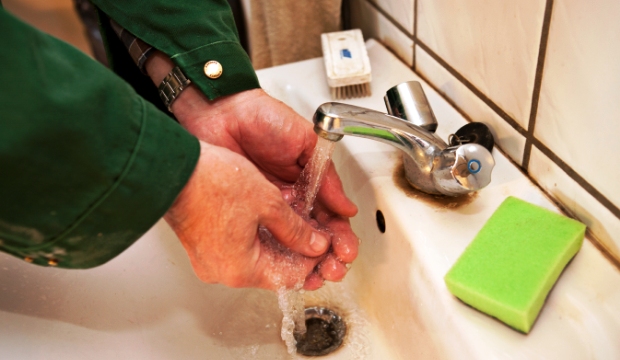
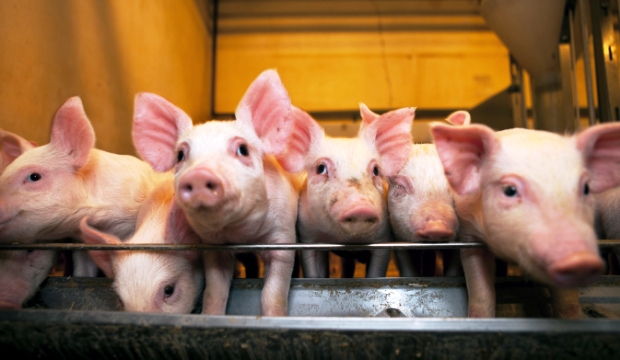
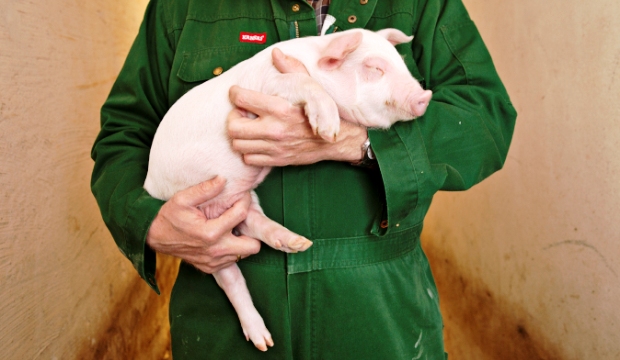
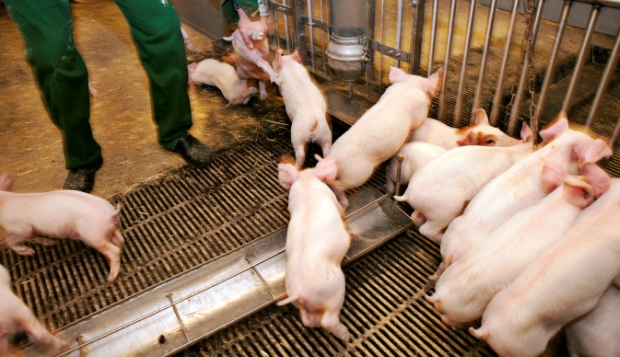

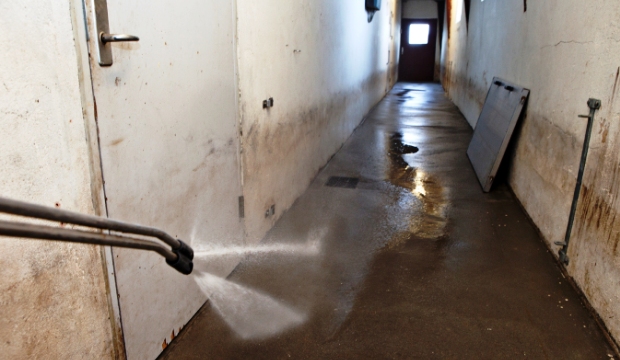
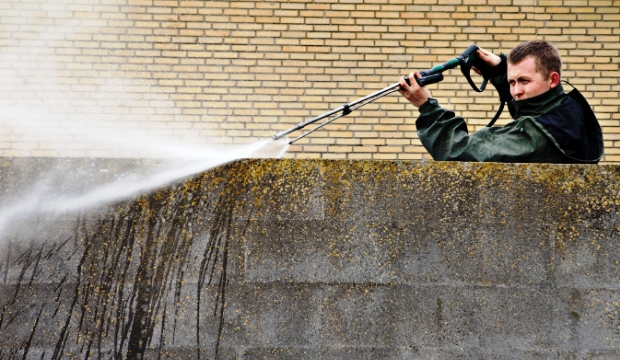
Pingback: Training at Data Harvest 2014 | Kaas & Mulvad